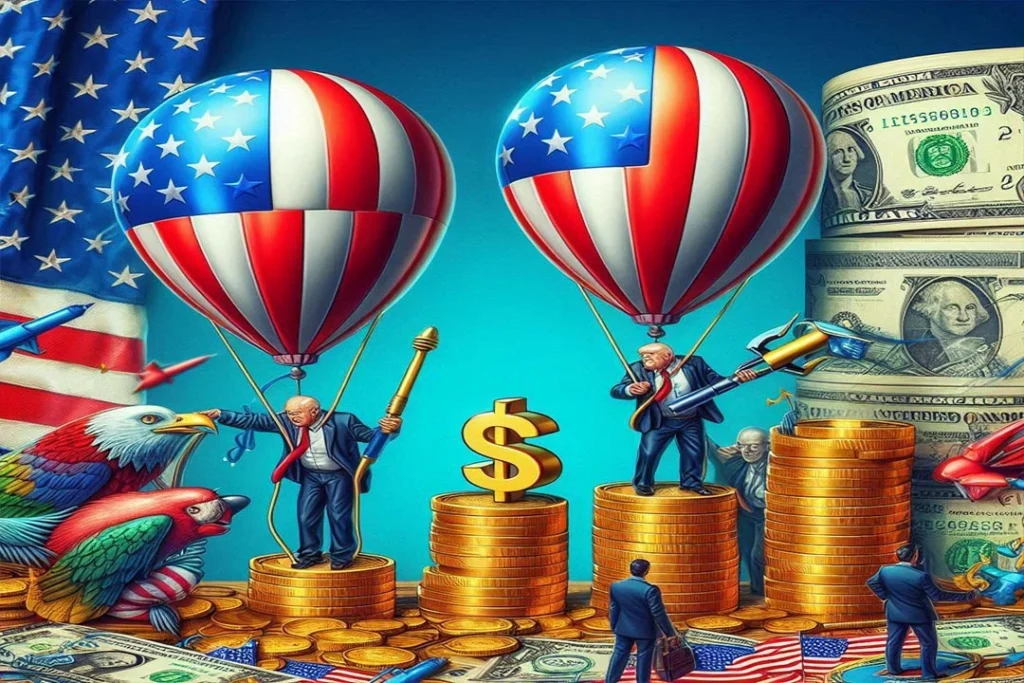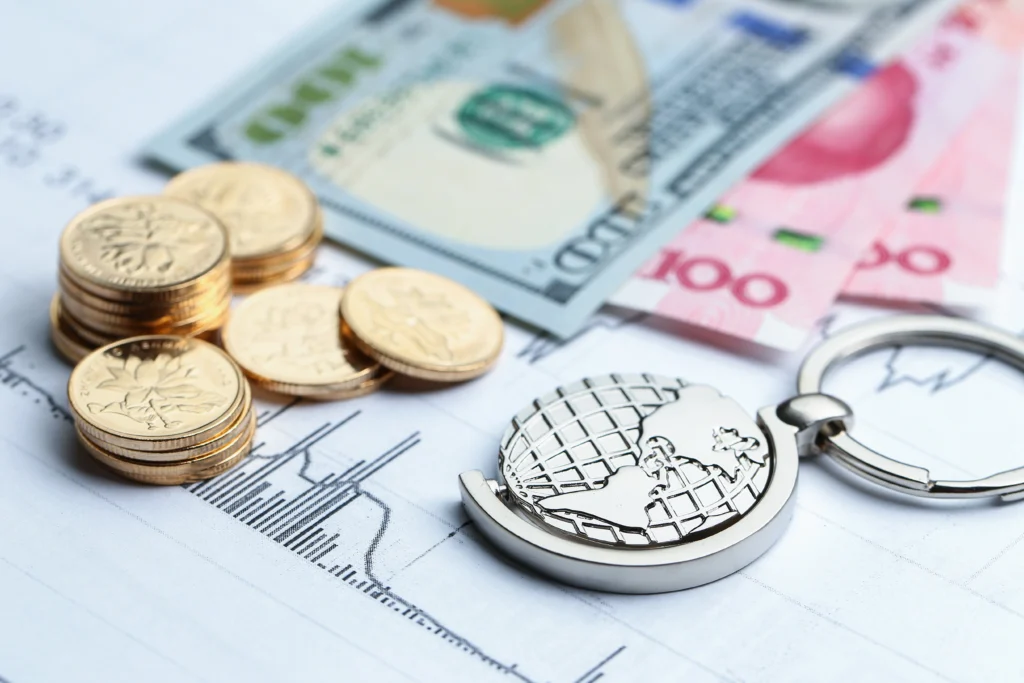Washington, DC – July 15, 2025 – The US Inflation Price Index (CPI) rose by 0.3% in June, marking the largest monthly increase since January, according to the latest report from the Bureau of Labor Statistics. This uptick aligns with economists’ forecasts and signals the beginning of tariff-induced price hikes, driven by the Trump administration’s aggressive trade policies. On a year-over-year basis, the CPI advanced 2.7%, up from 2.4% in May, while the core CPI, which excludes volatile food and energy components, increased by 0.2% monthly and 2.9% annually, slightly below the anticipated 3.0%.

US Inflation as Tariffs Begin to Impact Consumer Prices
The June CPI data reflects the initial effects of President Donald Trump’s new tariffs, announced in April, which include duties ranging from 20% to 50% on imports from countries such as Canada, Mexico, and the European Union. Economists note that businesses have been depleting pre-tariff inventories, which delayed the pass-through of higher costs to consumers. However, as these stockpiles dwindle, price pressures are becoming evident, particularly in tariff-sensitive goods like furniture, consumer electronics, and recreational products. For instance, household furnishings saw a 0.3% price increase in May, with similar trends continuing into June.
“While inventory front-running has mitigated the need to raise goods prices, it will become increasingly difficult for businesses to absorb higher import duties,” said Veronica Clark, an economist at Citigroup. Goldman Sachs forecasts core CPI increases of 0.3% to 0.4% over the next few months, driven by tariff-related price hikes in categories like autos and apparel.

Sector-Specific Price Movements
The June report highlighted a rebound in gasoline prices, which contributed to the overall CPI increase after four consecutive months of declines. Food prices also saw mild increases, with the food index rising 0.3% month-over-month, though egg prices moderated due to an easing avian flu outbreak. Core goods prices, such as furniture and recreational goods, showed upward pressure, while services us inflation, including categories like airfares and hotel costs, remained relatively subdued, suggesting softer consumer demand.
Shelter costs, a significant component of the CPI, rose by 0.3% in June, continuing to drive a substantial portion of the monthly increase. However, annual shelter us inflation cooled to 3.9%, the lowest since November 2021, providing some relief.

Federal Reserve’s Cautious Stance
The Federal Reserve is expected to maintain its benchmark interest rate in the 4.25%–4.50% range at its July meeting, as policymakers await clearer signals on the inflationary impact of tariffs. The June CPI data, while showing a firming of price pressures, has not yet indicated broad-based inflationary surges, which has kept the Fed comfortable with its current stance. Bond futures markets suggest a 60% probability of an interest rate cut in September, though a lower-than-expected CPI reading could shift expectations.
Fed Chair Jerome Powell emphasized a measured approach, stating, “We don’t get excited about one or two bad readings,” during recent congressional testimony. The Fed continues to monitor the Personal Consumption Expenditures (PCE) price index, which is expected to provide further clarity with upcoming producer price data.

Economic Implications and Outlook
The rise in US inflation comes amid renewed trade tensions and concerns about economic growth. President Trump’s tariff policies, aimed at bolstering domestic industries, have raised fears of higher consumer prices and potential economic slowdown. Retailers like Walmart have warned of impending price increases, and business surveys indicate US inflation could accelerate through the summer. Economists project CPI inflation could reach 3.1% year-over-year by the fourth quarter, with core US inflation approaching 3.2%, driven by trade policies.
However, some economists suggest that weakening consumer demand could temper the inflationary impact of tariffs. “Soft demand has limited price increases for services-related categories,” noted a Reuters report, indicating that the broader inflationary pressure may remain contained in the near term.





